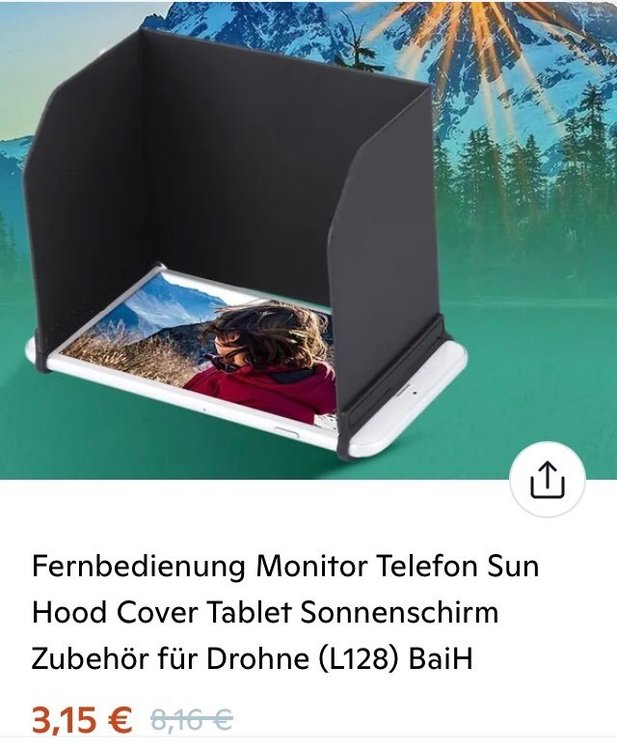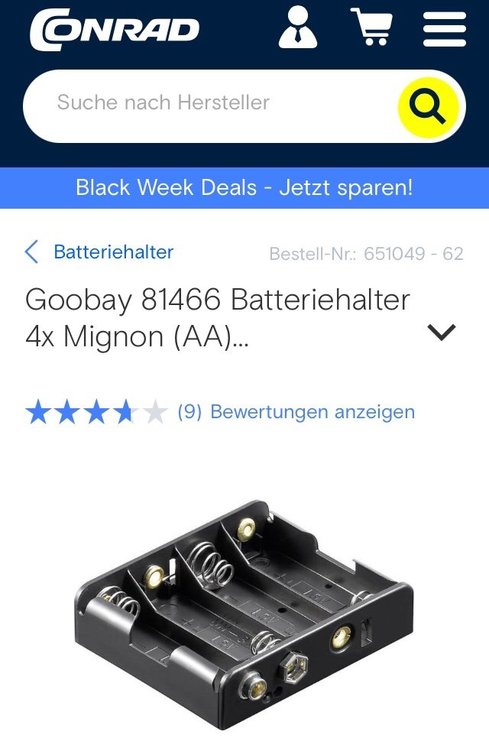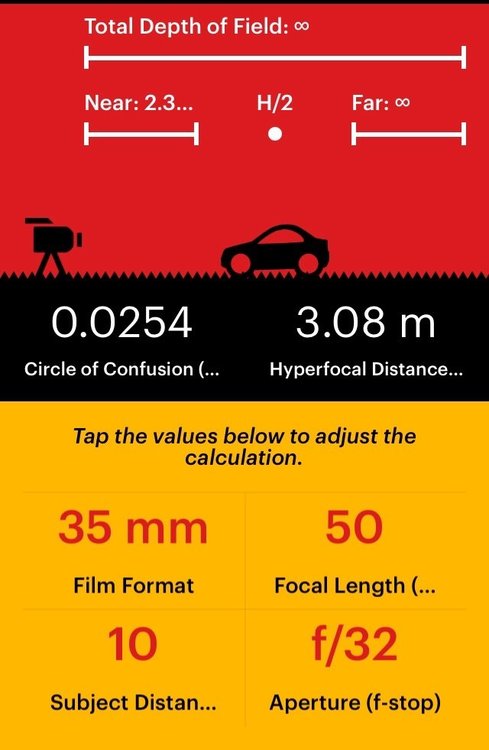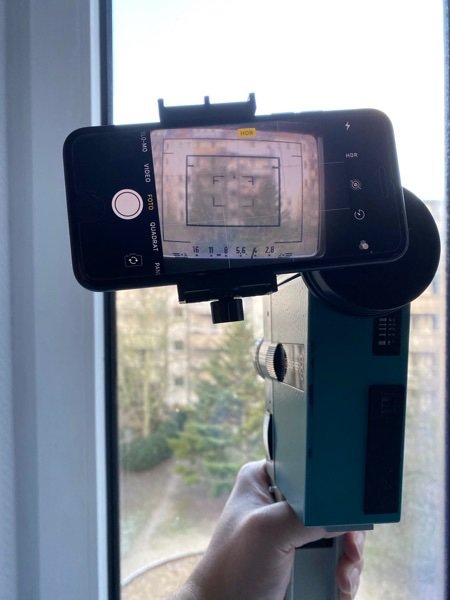-
Posts
424 -
Joined
-
Last visited
Everything posted by Joerg Polzfusz
-

International Travel Tips and Tricks
Joerg Polzfusz replied to Brandon Babbit's topic in Camera Assistant / DIT & Gear
FYI: Paris has got two major international airports: Charles de Gaulle (CDG) and Orly (ORY). So there’s no simple „take me to the airport“. ? And it’s 230V/50Hz (+/- 23V) in the EU (and hence also in Paris) since 2009. Not to mention that power plugs differ between France and the USA. ? In the last ten years, Paris took some major steps in becoming more „environment friendly“. Hence, several streets have been turned into one-way-streets for cars - with the remaining space getting turned into two-way-bicycle-paths. Some streets have even been completely turned into „bicycle only“ areas. So keep an eye on bicyclists when leaving/entering a car - they are now everywhere and will always come from all directions. ? Despite this, Paris is still a single traffic jam from 7a.m. until 10p.m.. So always plan some extra time for commuting between hotel and studio/set. Keep an eye on this website: https://www.cestlagreve.fr In France, there‘s always someone on strike. ? Good luck and have fun! -

RunwayML - the end of the real cameras?
Joerg Polzfusz replied to Joerg Polzfusz's topic in General Discussion
For those who know the TV-series „Eisenbahn-Romantik“ (on the German channel „SWR“ - https://www.swrfernsehen.de/eisenbahn-romantik/index.html ) I have made this parody completely out of images/videos created by AI tools. Only the „editing“ was done manually (on my iPhone in less than 5min ?).- 5 replies
-
- ai
- artificial intelligence
-
(and 2 more)
Tagged with:
-
Hi! The end is near, isn’t it? With RunwayML, you can either create a video by typing a description or by uploading an image. The results are very mixed. These are the two best results that I managed to get out of the free version (hence the watermark and the short length): Created based on my textual description: Created based on an image that I created with Dall-E: So, what‘s next on the AI-roadmap? So far, I have been chatting with ChatGPT (including ChatGPT creating a whole script for me), creating images with Dall-E and StableDiffusion, played around with various „text to speech“-tools and a „text to song“-tool, then created useless videos with Synthesia and other „text to video“-tools, … . When it continues like this, then pretty soon, I can type in a few keywords and have an AI tool doing the rest…
- 5 replies
-
- 1
-

-
- ai
- artificial intelligence
-
(and 2 more)
Tagged with:
-
The new Kodak camera is C-Mount like the Beaulieus. So you can easily upgrade to a better lens or use the lenses from your Beaulieu on your Kodak (that is if the lenses don’t have the non-standard Beaulieu-extensions for powering the zoom-motor and/or for communicating with the auto-iris).
-
Not sure whether you would really need a hoodman. I’m using my smartphone like everyone else outside without any problems or need for something like in the attached image. Same applies to the video cameras I owned and own, the digital still cameras, … . The only situation where I’m actually switching from the large display to the tiny EVF on my Lumix „TZ something“ is in summer at the beach.
-
In the beginning (2016/2017), Kodak listed a 3.5" display as viewfinder. Then, their website suddenly stated (and still states) that it’s a 4" display. So they have changed something since the very first prototypes.
-
True. But an Alexa Mini is also larger than your smartphone. So what is the point of using an Alexa? Or to reformulate my question: What’s the point of your point? Is the size of the camera (including accessories) more important than the resulting images?
-

Nalcom FTL Super 8 Camera - Battery Compartment Missing
Joerg Polzfusz replied to Steven Wyatt's topic in Super-8
-

Nalcom FTL Super 8 Camera - Battery Compartment Missing
Joerg Polzfusz replied to Steven Wyatt's topic in Super-8
Hi! That‘s bad luck. There are at least three different Nalcolm FTL models: Nalcolm FTL 800, Nalcolm FTL 1000 Synchro Zoom and Nalcolm FTL 1000 Mk. II. Which one are you talking about? E.g. -according to the manual- the Nalcolm FTL 1000 Synchro Zoom doesn’t need batteries as it also has got a connector for an external power supply. And it looks like the 4xAA are simply laying side by side in the original battery holder. So simply take the camera to a shop that is selling electronic spare parts or something that needs battery holders (e.g. RC cars/boats/planes). There are several different models (see attached photos). When you are lucky, then one of them fits your camera. You might also want to contact companies like DuAll, Retro8, … as they sometimes have spare holders. And on eBay, you might also find spare parts or defect cameras (with still working holders). Good luck! -
Yes, they didn’t shoot the whole season on S8. But (Quote from the first link): „The project used approximately 1,200 50 foot rolls of Super 8 film; 50 Hours of Super 8 filmmaking!“ According to the second link, they have even been shooting anamorphic S8 in the third season .
-
BTW: The Nizo Professional sold for something between 1,100 and 1,200 USD in 1975. According to https://www.usinflationcalculator.com that would be something between 6,290 and 6,862 USD in today’s prices…
-
One of those „hipsters projects“: https://www.pro8mm.com/blogs/blog/winning-time-the-rise-of-the-lakers-dynasty-now-on-hbo-max?_kx= https://www.pro8mm.com/blogs/blog/everyone-is-talking-about-the-cool-factor-of-the-winning-time-season-2-cinematography
-

DOF in practice and Hyperfocal distance
Joerg Polzfusz replied to silvan schnelli's topic in Lenses & Lens Accessories
https://www.photopills.com/calculators/dof https://dofmaster.com/dofjs.html https://dofsimulator.net/en/ -
Hi! Doesn‘t „Nanook of the North“ (1922) contain night scenes shot at night? The documentary „Im Kampf mit dem Berge“ (1921) is also a good candidate for night scenes. And there are various news reels shot at night in the 1930s, e.g. in Berlin on January 30th, 1933. Hope this helps. Jörg
-
Thanks, Dan and Steve!
-
Hi! When you’re talking about film, then there aren’t things like „sharpness“ and „resolution“. There aren’t any things like debayering, edge enhancement, resharpening algorithms, … . When the resulting images aren’t sharp, then it’s the fault of the cinematographer/focus puller, dirty filters, the lens or the camera or it’s the result of effects like motion blur. And the „resolution“ is automatically only the „resolution“ of the telecine/filmscanner. ? However, there’s a difference in the grain: The 50D has got finer and less visible grain than the 500T. As a result, it is able to record details that would be „lost in the grain“ of the 500T. The smaller the format, the more obvious this difference will be noticeable. Hence, especially in 16mm and below, the 50D might appear to be sharper than the 500T and to have a higher resolution than the 500T. However, there’s another aspect that depends on your budget: When you are on a budget, then the selected filmstock plus the available filters and lighting will „dictate“ your f-stop. This will have an impact on the depth of field. And this will „force“ you to use the lens at an f-stop where the lens gives „less sharp“ results.
-
January 2021: One of my older iPhones (4S? 7?) attached to a Meopta DS8-camera with one of the cheapest smartphone-telescope-holders I managed to find back then. (Less than 10€ including shipping. - The images were taken 10min after the parcel arrived. Hence, the iPhone isn’t exactly oriented horizontally or vertically on these photos. And the Meopta wasn’t on a tripod… .) Unfortunately, it doesn’t fit any of my other cameras as it requires to be attached to a relatively large viewfinder. And the Meopta refused to work a few weeks later. ? From time to time, I am looking for another holder. But the ones that should match a Beaulieu/Nizo/Elmo/Fujica are nearly 100€. ? Hence I decided to rather spend my money on films. ?
-
And rage cam has (or used to have?) several cams that were used as videotaps, too: https://www.ebay.com/itm/110933093496
-
Hi! When a phone is sufficient, then you might want to search for holders designed to attach a smartphone to e.g. a telescope or a microscope: https://www.amazon.com/dp/B08ZLFY1YM/ref=mp_s_a_1_5?keywords=Telescope+cellphone+holder&qid=1699518496&sr=8-5 But be aware that most telescopes have a larger eyepiece than a small format movie camera. So check the dimensions before ordering. ? Jörg
-
AFAIK imax would only be „medium format“ when applying terms/standards from still photography. But when doing this, Vistavision would become „miniature“ (Kleinbild) and 35mm-4perf, 16mm etc. would become „sub-min“ (Kleinstbild)… ? My main question is: Was/is there an English term in cinematography to sum up all the formats larger than 35mm-4perf? In Wikipedia, it’s sometimes summed up as „wide gauge“: https://en.m.wikipedia.org/wiki/List_of_early_wide-gauge_films … while it’s called „large gauge“ and „larger gauge“ here: https://en.m.wikipedia.org/wiki/Widescreen But on this website, it’s called „large format“: http://www.widescreenmuseum.com/widescreen/filmdims.htm
-
Full Frame and Half Frame are terms used in still photography for cameras using 35mm film. They are used since the 1960s (when the first Half Frame cameras appeared). Then, more than 50 years later, some advertisers thought that the term Full Frame might be suited for sensor sizes of DSLRs, too (even most sensors are actually smaller than a full frame 35mm negative). This is when some videographers began to think that this is a term used in cinematography… As for Large Format: In German, there’s „Normalfilm“ (35mm 4-perf) and „Schmalfilm“ (English equivalent: „small format“ - basically everything smaller than 35mm like 16mm, 9.5mm, Super8 and Standard8). And everything that has a greater negative size than the „Normalfilm“ was used to be called „Breitfilm“ (like Cinerama, 70mm 5-perf and IMAX), even though the term isn’t used anymore AFAIK. I don’t know whether „Large Format“ is the correct translation for „Breitfilm“ as there’s also a Large Format in still photography and „Wide Format“ would a more fitting translation. And in some English articles about widescreen, it looks like „Large Gauge“ is the „correct“ English equivalent for „Breitfilm“… So what’s the correct English term for formats like Cinerama, IMAX, 70mm?
-
IMHO The „stereo“ version is lacking details like the shadows cast by the aircraft’s body and tail wings. And the pseudo infrared version should always show that the engines and their output are a lot hotter than the other parts of the aircraft. Not to mention that it looks like being made from another aircraft flying at the same flight level as the aircraft (which wasn’t the case according to the stereo version) and I doubt that the movement of the three „ufos“ are matching the movements of the three „ufos“ from the stereo version…. But I am not an expert… You might also want to check which satellite in the area was able to do this stereo video and how the poster on YouTube managed to get access to it (with nobody else having access to this video)… Another good question: why should any satellite track the flight of a civilian aircraft in stereo (unless it’s a military satellite tracking the test flight of three new anti-aircraft missiles)?












